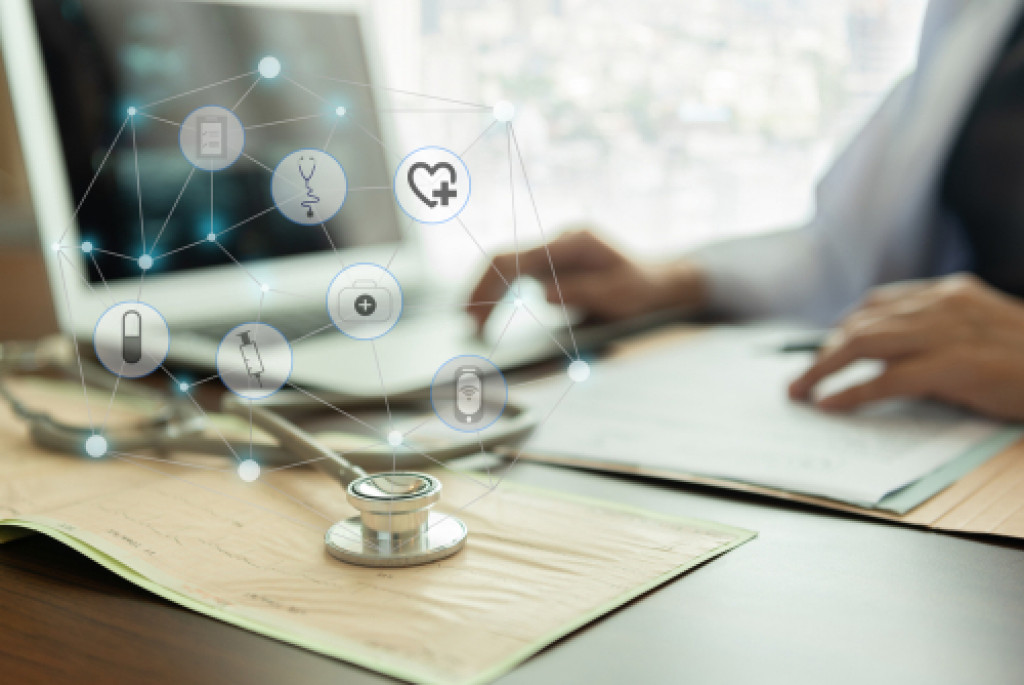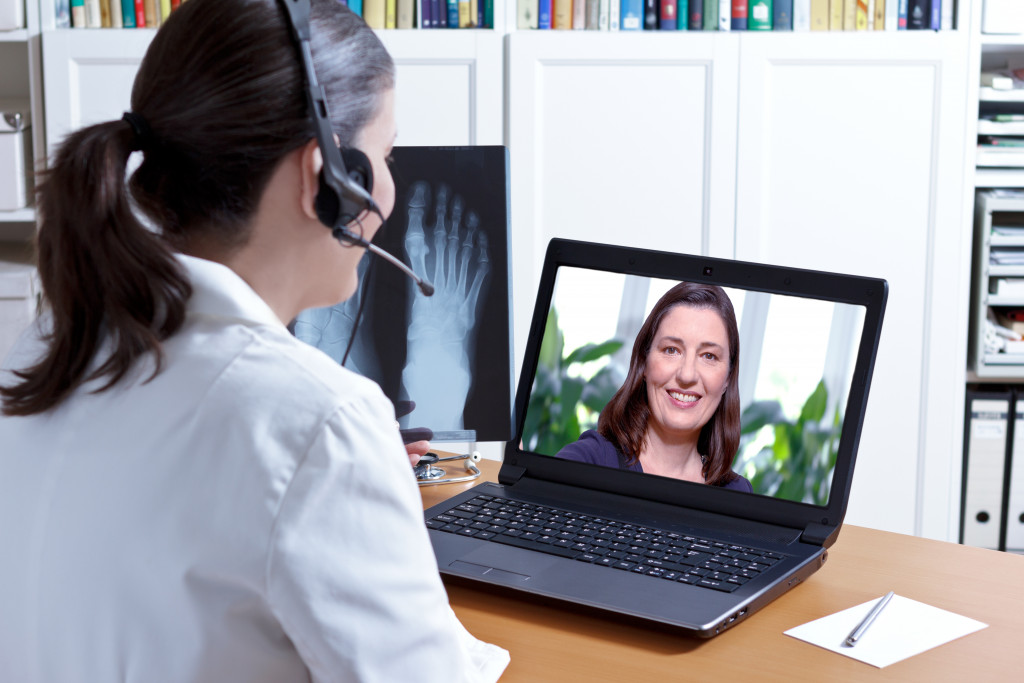With more and more medical schools and programs incorporating technology into their curriculums, students can get the most current and up-to-date information to help better they learn.
It’s not only the students who benefit from this type of technology-based learning but also educators. By using technology in healthcare education, instructors can deliver content in more exciting and interactive ways, providing a richer learning experience for everyone involved.
Some common examples of how technology is used in healthcare education include the following:

Online lectures and course materials
Students can access classes and other course materials online rather than listening to a lecture in a traditional classroom setting. It allows them to study at their own pace and in their environment.
With the advent of MOOCs (massive open online courses), this type of learning is becoming even more popular. It helps connect students with instructors from around the world and provides them with many resources.
This practice also prepares students for the workplace, where technology is often used in instruction. Thus, a better understanding of using technology for learning can be beneficial for their future careers.
Simulations
Simulations are another way that technology is being used in healthcare education. They allow students to experience real-life scenarios in a controlled setting.
Virtual reality simulations are becoming increasingly realistic and provide students with a way to get immersive, hands-on experience. It’s a safe way to make mistakes and learn from them without any real-world consequences.
This type of technology is used for medical students and nurses, pharmacists, and other healthcare professionals. It’s an excellent way to keep their skills sharp and stay up-to-date on best practices.
This type of learning is critical in the medical field, as it can help students learn how to deal with difficult situations they may encounter in their careers.
Multimedia content
Multimedia content, such as videos and images, is also used in healthcare education. You can use it to help students learn visually about specific diseases or medical procedures.
In radiology, pathology, and other image-heavy specialties, multimedia content can be a valuable tool for students. Results of CT scans, for instance, can be complex to interpret for students who are not used to looking at them.
However, with the use of multimedia content, they can be presented in a more engaging and informative way. You can also use this type of content to help instructors explain complex concepts in an easier-to-understand manner.
By watching videos or looking at images related to the material they’re studying, they can better learn and remember the information.
Interactive quizzes and exams
Technology can also help create interactive quizzes and exams. It is a great way for instructors to assess students’ understanding of the material. It can also help them identify any areas that may need further explanation.
Quizzes and exams can also be tailored to each student’s strengths and weaknesses, allowing them to focus on the areas where they need the most help.
This type of assessment is more efficient and more effective than traditional methods. It allows instructors to understand better how well their students are doing and what areas need improvement.
Discussion Forums
Discussion forums are an excellent way for students to interact with each other and instructors. They can ask questions about the material, discuss case studies, or chat about general topics.
This type of interaction helps students learn from each other and develop critical thinking skills. It also allows instructors to understand better how well their students understand the material.
Discussion forums can be used in both online and offline courses. They’re a great way to promote discussion and collaboration among students.
Cloud-based storage
Cloud-based storage is another way that technology is being used in healthcare education. It allows students to store and share files securely online.
This type of storage is convenient and easy to use. Students can access their files from any device with an internet connection.
This type of storage is perfect for storing large files, such as images or videos. It’s also an excellent way for students to collaborate on projects. What’s more, it provides a safe space for students to stay organized and efficient.
Technology has revolutionized the way healthcare education is delivered. It allows students to learn in various ways and provides instructors with more efficient and effective assessment tools.
The sky is the limit when it comes to technology in healthcare education! With so many innovative ways to incorporate it into learning, there’s no doubt that these adaptions will better equip students to enter the field with the latest information.

